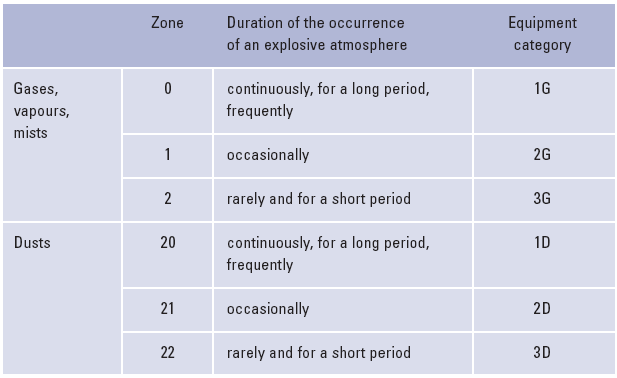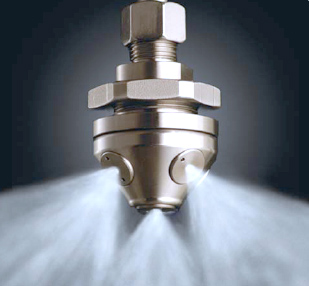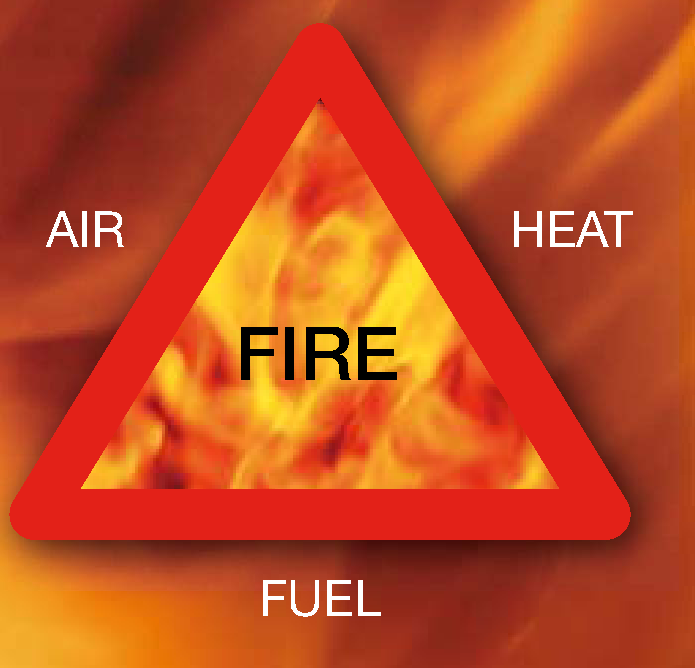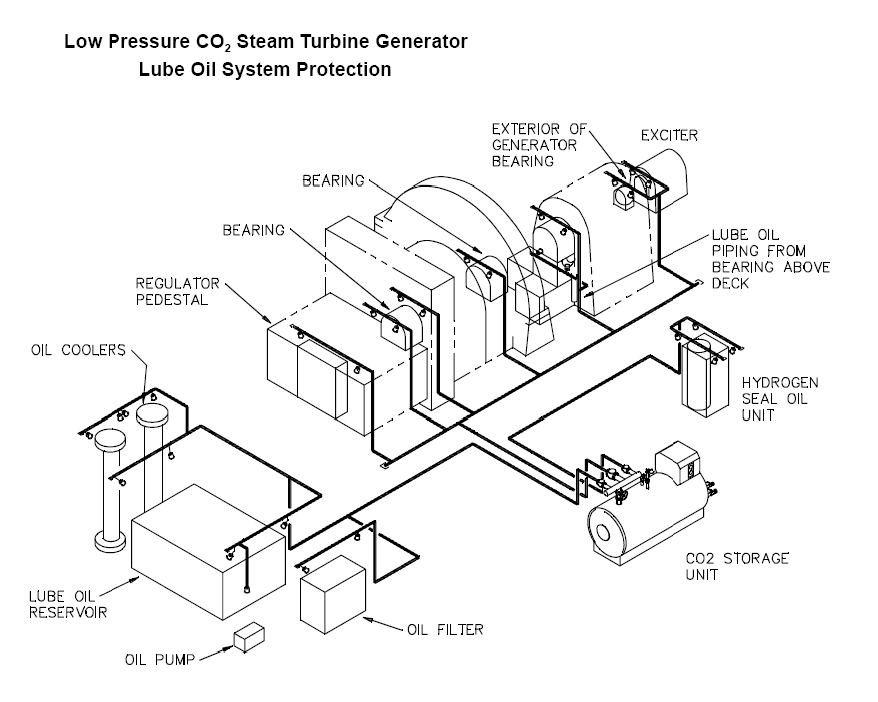Water spray is defined as water in a specific form having a specific pattern, particle size, density and velocity which is discharged from specially designed nozzles or equivalent devices.
Fire hazards normally protected by water spray systems
Water spray protection for fire fighting is acceptable for following categories of fire hazards:
- Flammable gaseous and liquid materials
- Electrical hazards such as transformers, motors, cable trays
- Ordinary combustible materials such as paper, wood and textile
- Some hazardous solids such as propellants.
A detailed study shall be made about the the physical as well as chemical properties (for example flash point, specific gravity, normal temperature of the hazard to be protected) of the materials for which the water spray protection is being considered to determine its suitability.
Water spray systems design limitations
Some basic issues to be considered during the design of a water spray system are listed below. For more detailed information, refer to NFPA 15 as well as other relevant NFPA standards.
As per NFPA 15, operating pressure at the hydraulically farthest nozzle shall not be allowed to drop below 50 psi (3.5 bar). The volume which can be controlled by a single system actuation (control) valve can not exceed 500 gal (1893 liters). Systems shall be designed to operate automatically with additional manual actuation devices provided.
For typical water spray system design density of spray typically ranges from 6.1(L/min)/m2 to 20.4 (L/min)/m2. Specific densities are stipulated at NFPA 15, depending on the exact type of various equipments that need to be fire- protected.
Minimum operating pressure of any nozzle protecting an outdoor hazard is stipulated at 20 psi (1.4 bar).
Every water spray system shall have at least one automatic water supply, being either a gravity tank (please refer to NFPA 22), a fire pump with adequate supply (please refer to NFPA 20) or a pressurized tank (please refer to NFPA 22).
Water spray systems shall be designed so as to have a minimum water supply duration of 15 minutes. Typical water supply durations range from 1 hour (for example at transformers and conveyor belts) to several hours (for example at large chemical or petrochemical facilities).
Various system components for water spray system
In accordance with NFPA 15, all components shall be rated for a maximum working pressure of not less than 12.1 bar (175 psi).
K-factor for water spray nozzles
Water spray nozzles or sprinklers shall be selected based on their k-factor and the created spray pattern at various pressures, distances, and orientation angles.
For one specific nozzle/sprinkler, k-factor is a constant at a specific flow rate and is typically calculated from the following equation:
Q = k * (P)^0.5
where Q = volume flow rate (l/min) and P = pressure at the sprinkler / nozzle (bar).
More details about k-factors can be found at NFPA 13 (Installation of sprinkler systems).
Piping and fittings for water sprinkler system
Water filled piping is allowed to be from plain black (carbon) steel. Steel pipe used in manual and open systems shall be galvanized. Use of stainless steel or properly coated piping is also an option.
Fittings shall have an extra heavy pattern where pressures exceed 175 psi (12.1 bar). Steel pipe with wall thicknesses less than Schedule 30 (for pipe sizes bigger than 8 inches) or Schedule 40 (for pipe sizes less than 8 inches) shall not be joined by threaded fittings. Welded fittings shall be used in this case.
Valves for water sprinkler system
Listed gate valves equipped with listed indicator posts shall be used in underground applications. In order to avoid pressure surges and water hammer, control valves closing time shall not be less than 5 seconds at maximum speed from the fully open position.
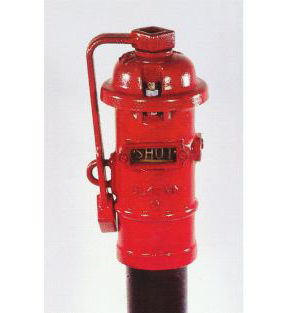
Listed system actuation valves shall be provided with manual means of actuation which are not dependent from the automatic release system and detection devices.
Strainers
Listed pipe strainers shall be capable of removing all solids of sufficient size to clog the spray system nozzles (typical size of perforations is 1/8 inch). Strainers shall also be equipped with a flushing connection.
Fire Department connections
In general, Fire Department connections shall be of an approved type, in accordance with NFPA 1963 and equipped with approved plugs or caps.
Alarm and detection systems for water spray system
All automatic water spray systems shall be provided with a local alarm. Any flow shall lead to an audible alarm within 90 seconds after the start of the flow. Waterflow alarm devices shall be listed for this service. An alarm unit shall consist either of a listed mechanical alarm or horn or of a listed electric device, bell, speaker, horn, or siren.
Detection equipment installed outdoors shall be weather-protected with a canopy, hood, or other suitable protection. Detection systems shall be designed in accordance with NFPA 72.

